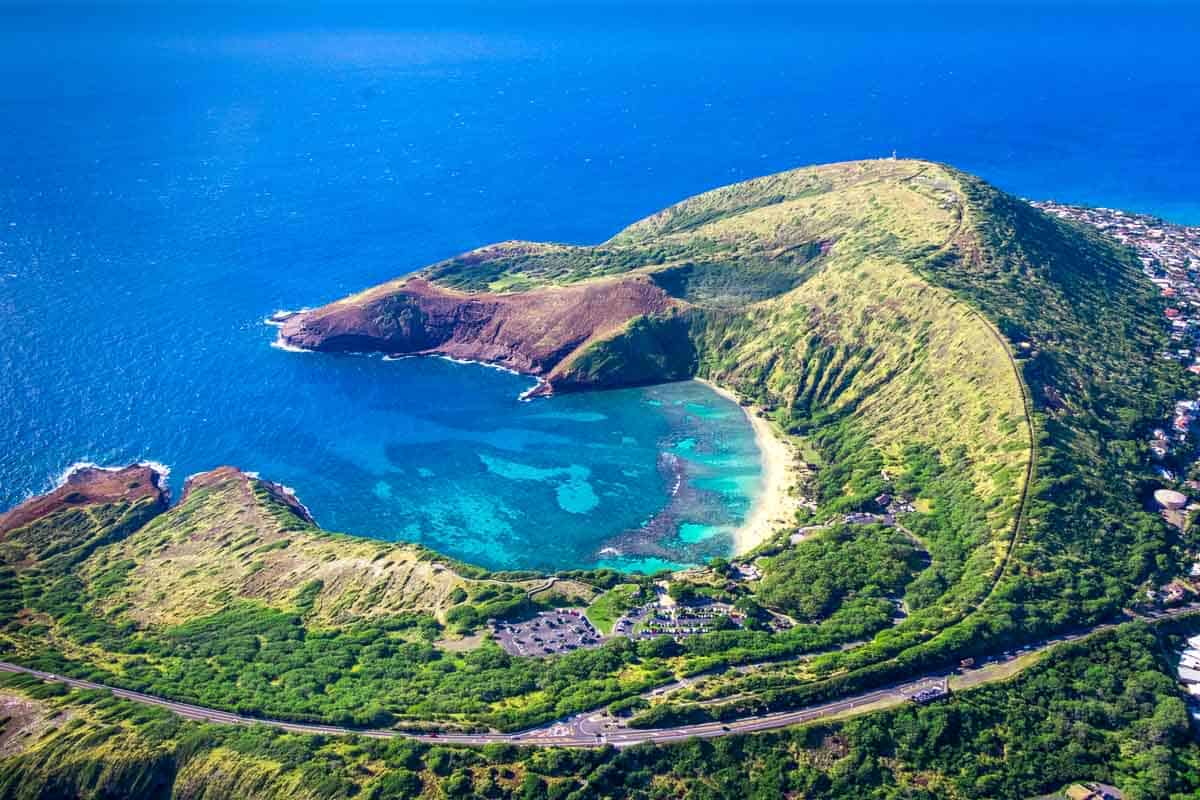Hawaii is known for lush, tropical nature and beautiful sea life. Many consider Hawaii one of the best snorkeling destinations in the world for a variety of reasons. The best snorkeling in Hawaii has to do with crystal-clear visibility, turquoise blue waters, sandy beaches, gentle swimming conditions, and relatively docile marine life. Some of the more popular Hawaii-specific sea animals encountered by snorkelers including spinner dolphins, green sea turtles, and monk seals. Many snorkelers also have the good fortune of hearing whale song from the gentle giants miles away as they travel between the islands.
If you’re headed to Hawaii, then you’re probably wondering about the best snorkeling spots so you can plan them into your trip. To help, our top 10 snorkeling sites are outlined below, starting with the gentlest locations and progressing toward a night snorkel that will blow your mind. For me, Shark’s Cove, Oahu, is at the top of my list for the best snorkeling in Hawaii (it was the location of my first ever scuba dive and then subsequent adventures). Let us know down below if any of these sites make your Hawaii trip itinerary!
ALL THE BEST SNORKELING IN HAWAII THAT WE TESTED
MAUI Turtle Town
DIFFICULTY
Beginner
DEPTH
0ft to 40ft (0 to 12 meters)
VISIBILITY
Up to 60ft (18 meters)
ACCESSIBILITY
Sandy shore entry or boat
NOTABLE SEALIFE
Green sea turtles, moray eels, octopus
RENOWNED FOR
Turtle reef, Maui
Just like the name says, Turtle Town is one of the best locations to spot honu, called Hawaiian green sea turtles. The turtles are protected by the Endangered Species Act (ESA) and go up onto the shore to rest without worrying about being touched or harassed. Make sure not to touch a turtle, as it is illegal, and tourists have been fined for violating the ESA in the past. That being said, the site is well known for the best snorkeling in Hawaii and its amazing amount of turtles swimming or resting themselves on the beach. Since the shore is beautiful soft sand, visibility may be impacted in the shallows, so swim out a little bit to gain clearer visibility. Also, if you swim out around the point, there is another excellent snorkeling spot known as Five Caves. Parking can be limited, so make sure to show up early at this swim with turtles Hawaii spot.
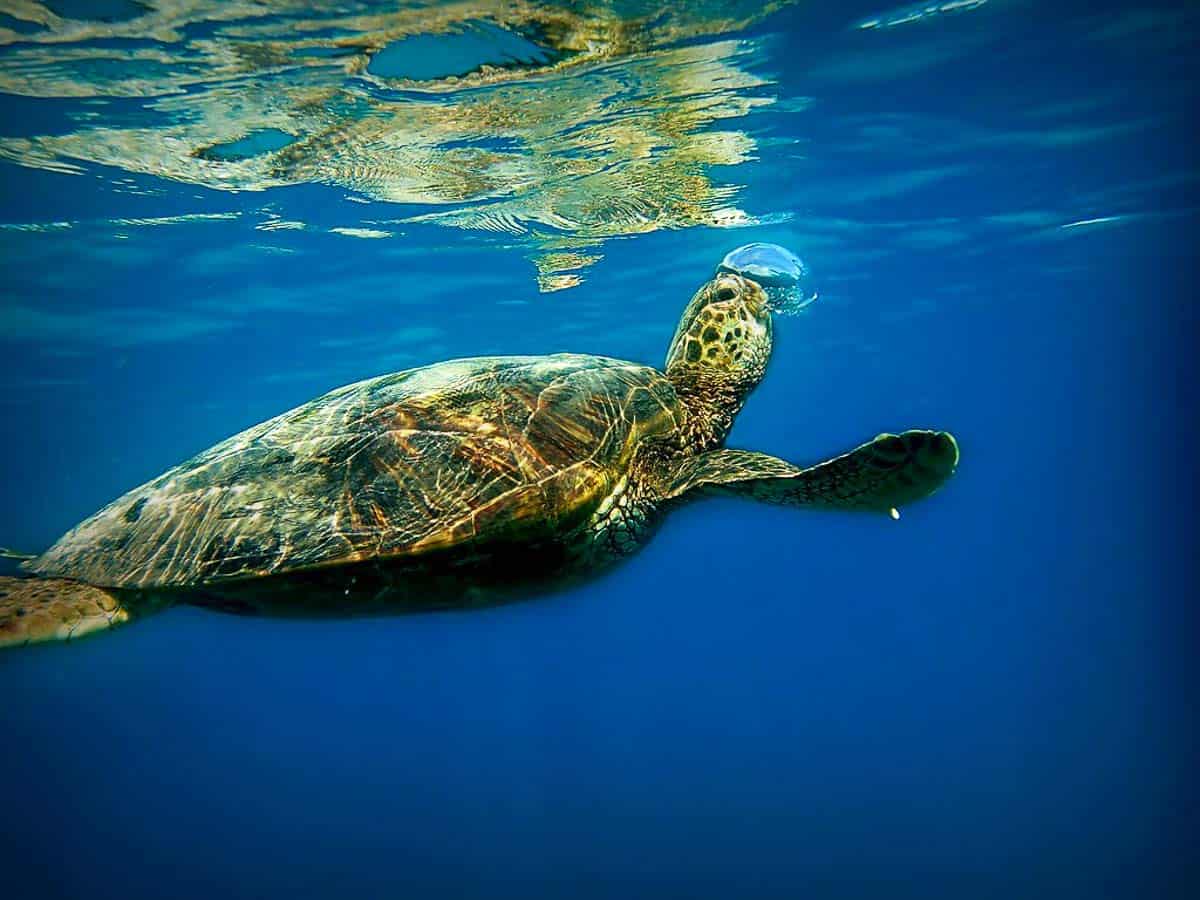
LANAI Hulapoe Bay
DIFFICULTY
Beginner
DEPTH
0ft to 100ft (0 to 30 meters)
VISIBILITY
80ft (24 meters)
ACCESSIBILITY
Sandy shore entry
NOTABLE SEALIFE
Spinner dolphins, turtles
RENOWNED FOR
Shallow tide pools
Hulapoe Beach on Lanai is truly a place to bring the whole family. It has everything for a perfect outing and amongst the best snorkeling in Hawaii spots — a beautiful white sand beach entry, gentle swimming conditions, public bathrooms, and picnic tables. The left side of the bay has more of the coral, with larger coral heads the deeper you swim. This snorkeling bay area is mostly known for the number of dolphins that tend to show up, with some snorkelers reporting 40-50 dolphins in a single day. The bay also has a lot of tide pools to explore as well. Make a day of it by bringing along a Hawaii fish guide and trying to spot the cutest puffer fish Hawaii has to offer, the longest trumpet fish Hawaii has ever seen or the shiniest barracuda Hawaii has waiting in the shallows.
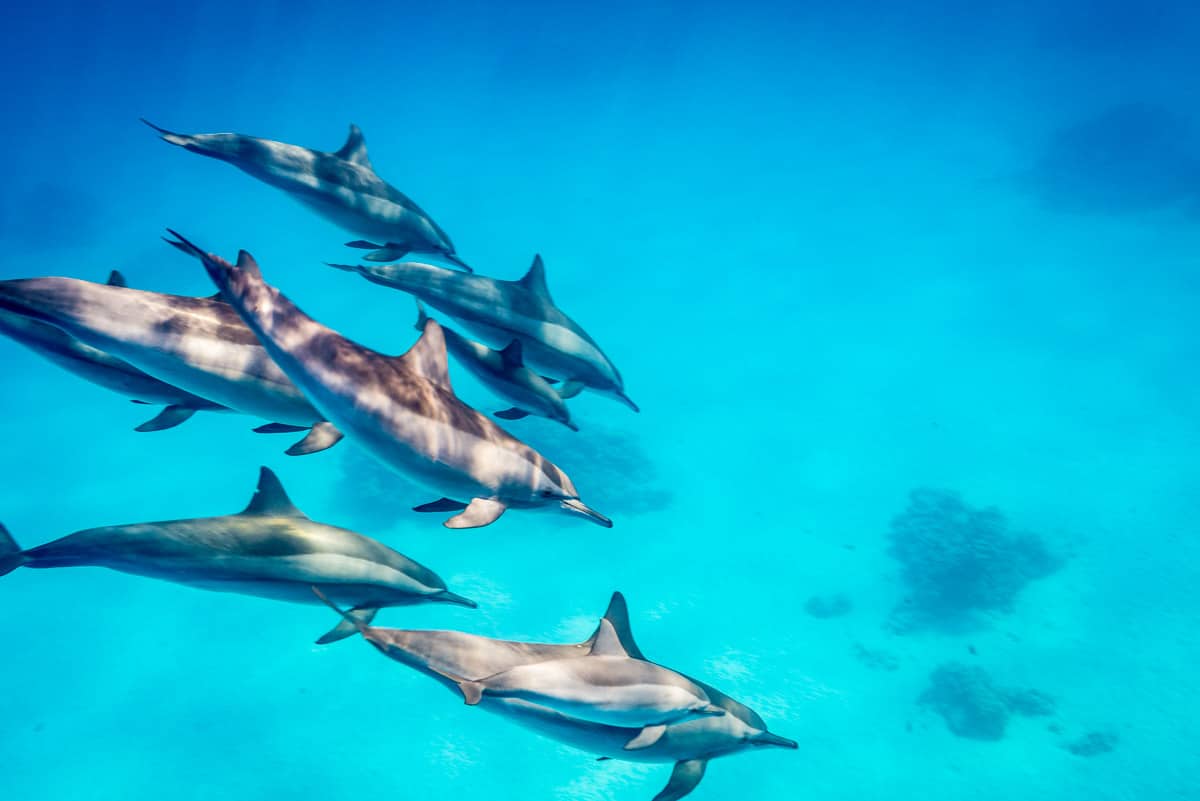
OAHU Shark’s Cove
DIFFICULTY
Beginner
DEPTH
2ft to 45ft (1 to 9 meters) (within the cove)
VISIBILITY
80ft (24 meters)
ACCESSIBILITY
Rocky shore entry
NOTABLE SEALIFE
Big fish schools, turtle snorkeling Oahu, sea urchins
RENOWNED FOR
Underwater rock formations, lava tubes and caves
Shark’s Cove is one of the most famous locations for snorkeling North Shore, Oahu. Half of the cove is open to the ocean, while the other half is protected by coral and rock formations, making it ideal for less confident or experienced swimmers. The entrance to Shark’s Cove is rocky, so wearing water shoes is recommended for wading in. Despite the name, there are not usually sharks at Shark’s Cove, as they prefer sandy bottoms not rocky. You’d be much more likely to snorkel with turtles Oahu style here than sharks. Swim here in summer, as winter swells can bring big waves into the cove which makes it dangerous. In summer, the water is usually calm, with snorkelers being able to easily explore the unique underwater rock formations caused by cooled lava and coral. This is some of the best snorkeling on Oahu due to its unique features. A small parking lot is nearby as well as food trucks.
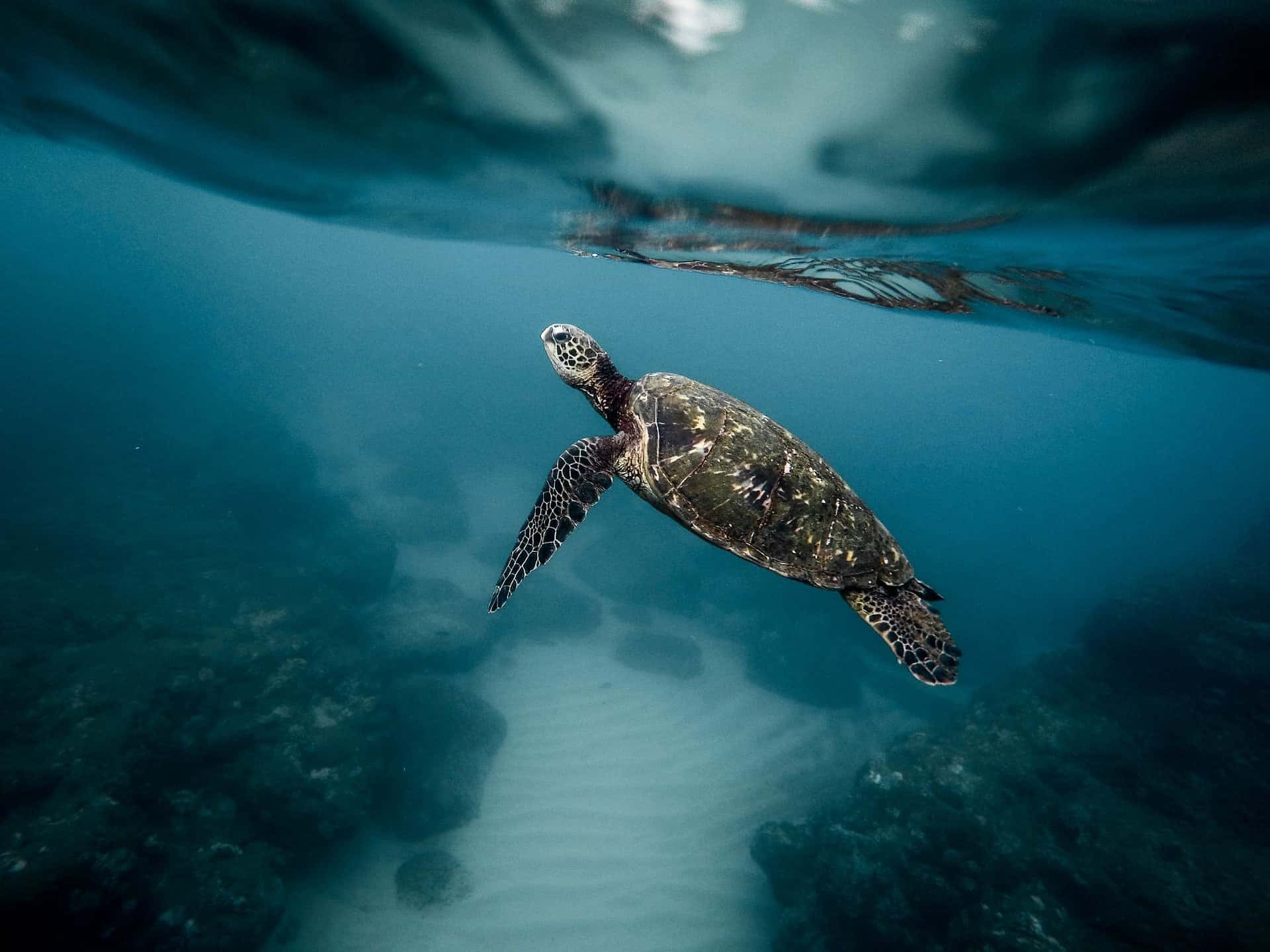
MAUI Ahihi Kinau Natural Area Reserve
DIFFICULTY
Beginner
DEPTH
10ft to 30ft (3 to 9 meters)
VISIBILITY
45ft (14 meters)
ACCESSIBILITY
Rocky shore entry
NOTABLE SEALIFE
Turtles, octopus, colorful reef fish
RENOWNED FOR
Lava formations, corals
The Ahihi Kinau Natural Area Reserve is one of the best places to go with younger children who may not be strong snorkelers, as the area is very protected. Wear water shoes to make it across lava rock shoreline to enter the water. This area is known for being very gentle and calm. As such, pregnant sharks like to come here to give birth. During that time, the reserve will be closed and there will be signs up alerting you to not swim there, both for you and the sharks (such as in April 2019). Maui shark tracking is an important part of monitoring the sea life of the area and is nothing to be overly concerned with. For example, tiger shark tracking Maui has been ongoing since 2016 by the Pacific Islands Ocean Observing System. As a nature reserve, there are park rangers who monitor the area and can give you recommendations on entry points.
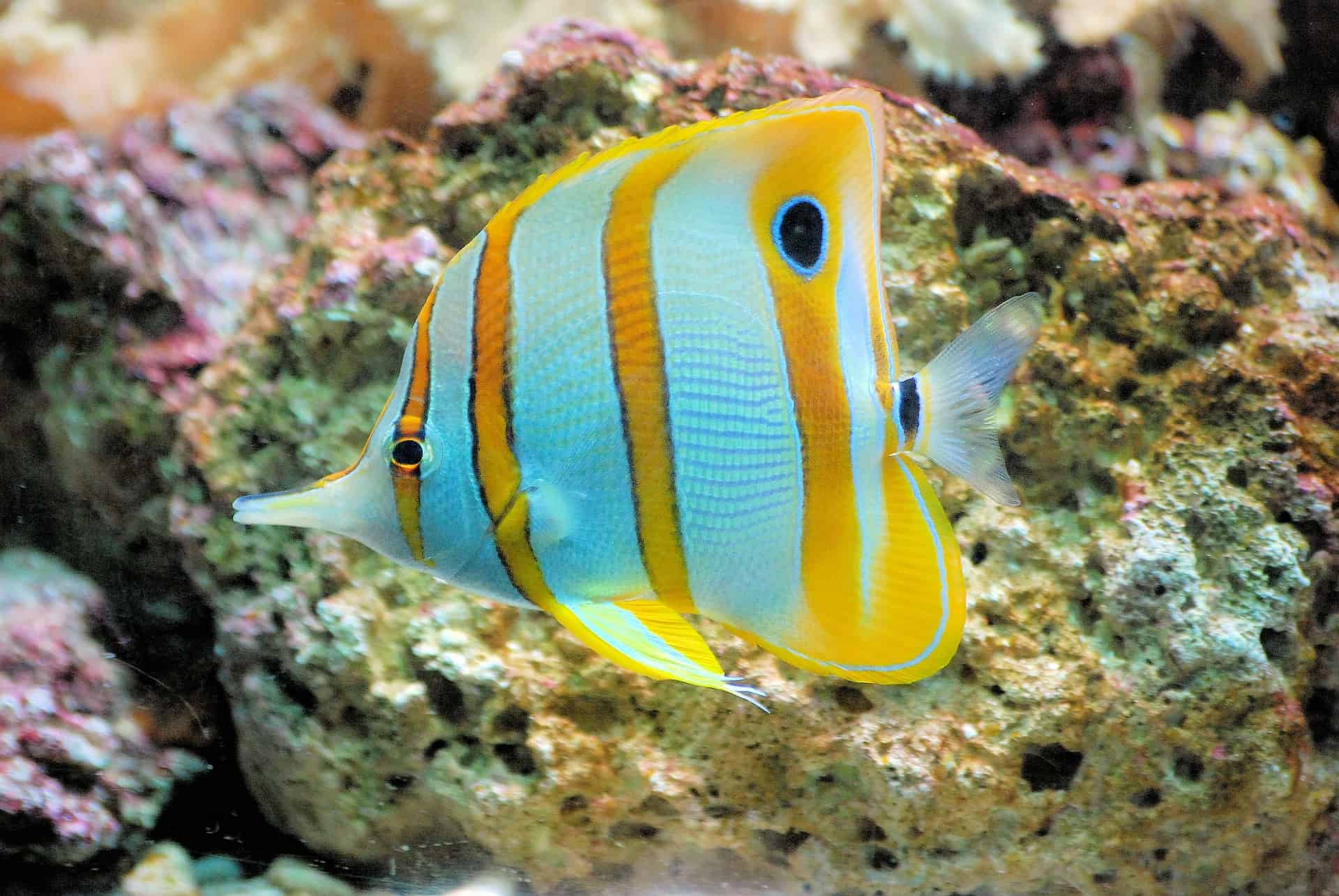
KAUAI Tunnels Beach/Makua Beach
DIFFICULTY
Beginner/Intermediate
DEPTH
3ft to 40 ft (1 to 12 meters)
VISIBILITY
Up to 80ft (25 meters)
ACCESSIBILITY
Sandy shore entry
NOTABLE SEALIFE
Monk seals, schooling fish, big corals
RENOWNED FOR
Undersea coral tunnels, lagoon
One of the most famous snorkeling locations on Kauai is Makua, also known as Tunnels Beach. This location is famous for its “tunnels,” holes through coral which snorkelers can carefully swim through if they’d like. Tunnels Beach snorkeling is known for being a turtle beach Kauai keeps stocked with plenty of turtles and monk seals sleeping on the sand. There are two different swimming locations, one for beginner and one for intermediate snorkelers and scuba divers. The reef running parallel along the shoreline on the left is excellent for beginners, with protection from currents and waves allowing schools of fish to swim gently among the corals. Beyond that reef is a horseshoe-shaped reef which created a protected lagoon inside of it, which requires an intermediate level of swimming skill to get to. When snorkeling North Shore, Kauai, swimming outside of that protected area is not recommended, or only so for advanced swimmers, as currents may be strong. Swim here in summer, as winter swells can make these Kauai snorkel spots dangerous.
BIG ISLAND Two Steps/Honaunau Bay
DIFFICULTY
Intermediate
DEPTH
8ft to 20ft (2 to 6 meters)
VISIBILITY
60ft (19 meters)
ACCESSIBILITY
Rocky shore entry
NOTABLE SEALIFE
Spinner dolphins, turtles, eels
RENOWNED FOR
Lava flow formations, “Two-Step”
Any Big Island snorkeling map is sure to have this site listed near the top. Honaunau Bay is nicknamed “Two-Steps” for a section of worn lava rock which looks like two giant steps leading from the lava flow shore down into the water. This is the entry point. While a line may form to enter here, it is worth it. Entering at Two-Steps is not only the safest for your legs, but also for the coral in the bay. Please note that the water is about 8ft deep upon entry — something to keep in mind if snorkeling with young or unsure swimmers. Big Island marine life in the bay ranges from coral to turtles to even spinner dolphins. If you’re looking for sea turtles Big Island style, then look no further.
BIG ISLAND Kealakeua Bay
DIFFICULTY
Intermediate
DEPTH
5ft to 150ft (2 to 45 meters)
VISIBILITY
Up to 100ft (30 meters)
ACCESSIBILITY
Kayak into the bay (or advanced steep hike in)
NOTABLE SEALIFE
Spinner dolphins, eels, octopus
RENOWNED FOR
Beautiful corals
Kealakeua Bay near the Captain Cook monument is a marine reserve in near pristine condition. This site features gorgeous corals, schools of colorful fish and dolphins which often visit. Much of the coral is around the base of the monument, so make sure not to stand on the fragile coral. Instead, look for rocky or concrete footholds. You need a permit to explore the protected bay via kayak, so most snorkelers recommend renting kayaks or snorkeling with a local tour company. You can also hike in then snorkel (no permit needed), but the 2.5-mile path is long and steep — a fact many snorkelers have lamented having to complete post-snorkel. The bay park area also has public restrooms and a picnic area.
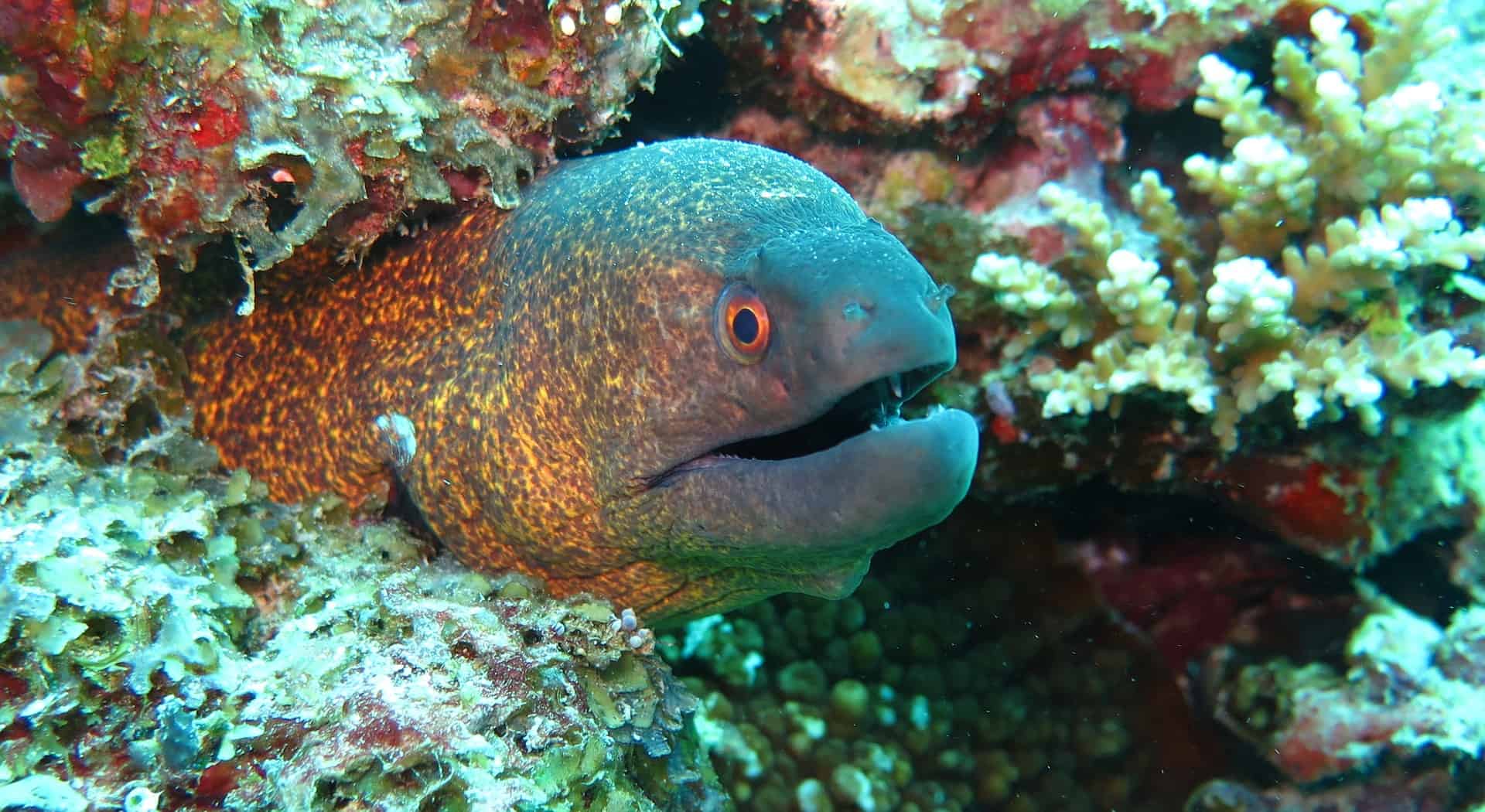
KAUAI Nualolo Kai
DIFFICULTY
Intermediate
DEPTH
16ft to 100ft (4 to 30 meters)
VISIBILITY
Up to 180ft (55 meters)
ACCESSIBILITY
Boat
NOTABLE SEALIFE
Spinner dolphins, monk seals, sea turtles
RENOWNED FOR
Gorgeous reefs, under mountains
Nualolo Kai on the Na Pali Coast of Kauai is a snorkeling location out of a dream. Its location is remote, with the corals reaching up to the cliffs below a 2,300-foot mountain range. Snorkelers have commented on the crystal-clear visibility and healthy corals of this undisturbed site. The north side of the beach often has lounging monk seals sunbathing. The main draw of this location is that not many people can get there, and anchoring on the shore is prohibited, so snorkelers get an amazing view of what an undisturbed reef environment looks like. In fact, it is so remote that there is no wi-fi or cell network out there at all.
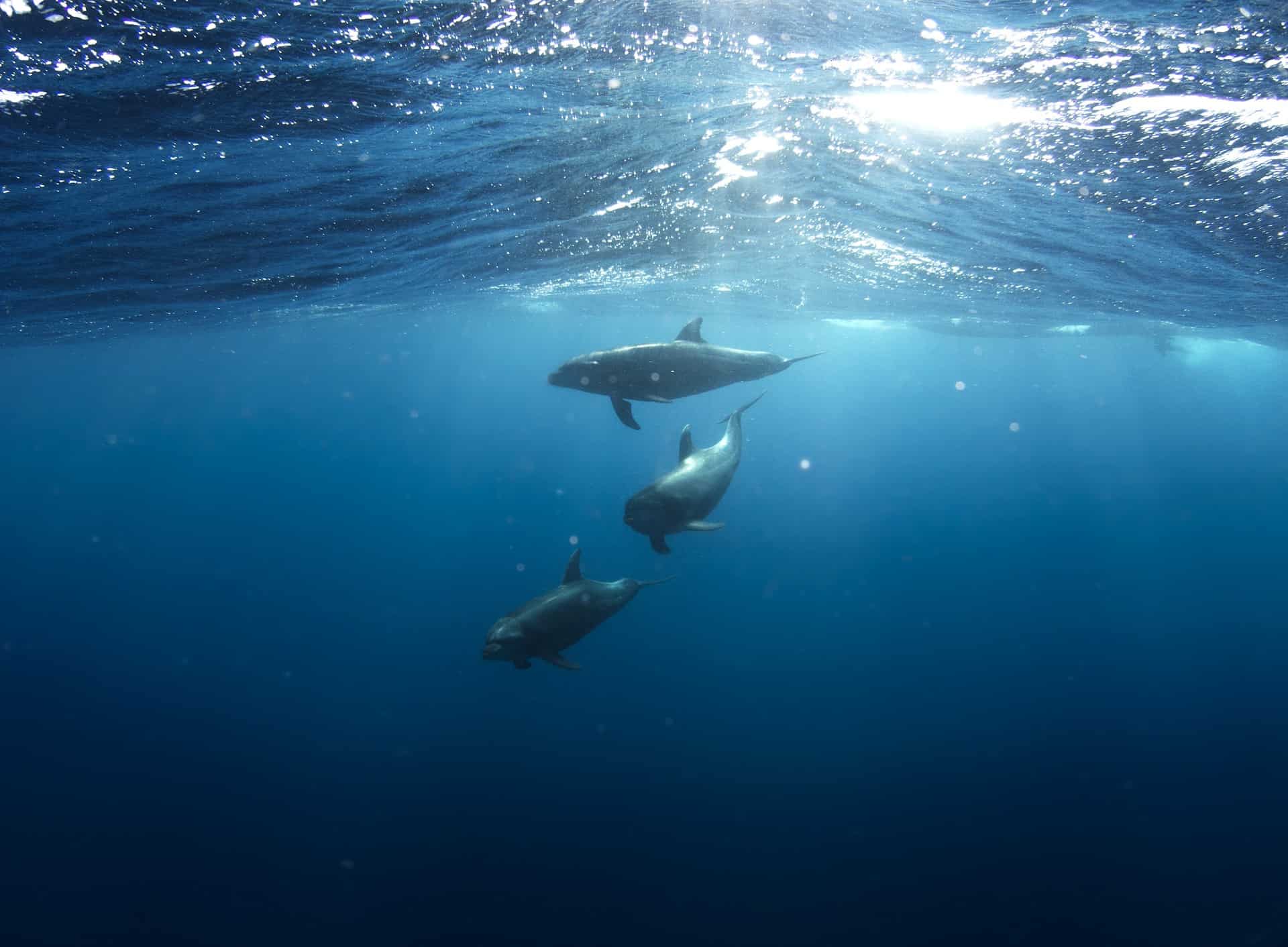
MAUI Molokini Crater
DIFFICULTY
Intermediate
DEPTH
0ft to 40ft (0 to 12 meters) (inside crater)
VISIBILITY
Up to 100ft (30 meters)
ACCESSIBILITY
Boat
NOTABLE SEALIFE
Manta ray, big oceanic fish, whale songs
RENOWNED FOR
Submerged volcanic crater, corals
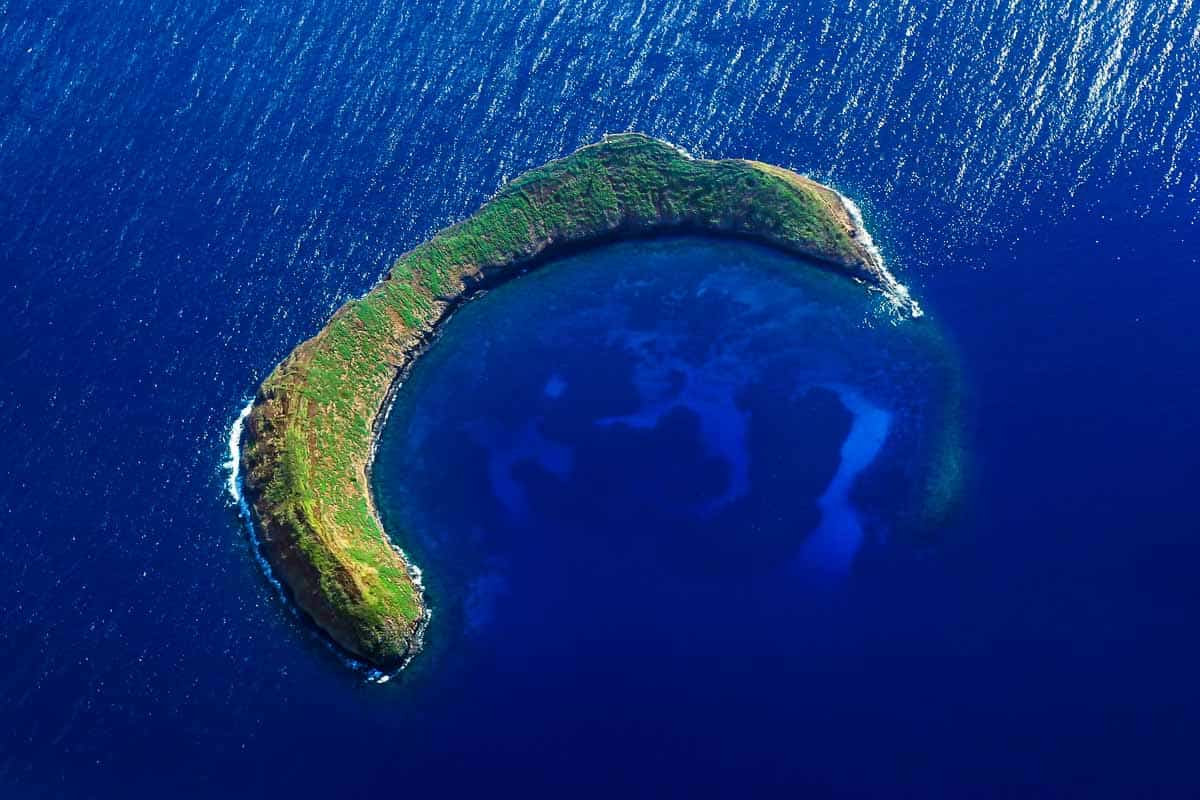
Molokini Crater is a submerged crescent-shaped volcanic crater 2.5 miles off of Maui’s south shore. The crater is listed as a Marine Life Conservation District Seabird Sanctuary, which has allowed marine life to flourish. The site is only accessible by boat and the edges of the crescent are sheer cliffs which cannot be climbed. As such, there is no shore to stand on, which makes this an intermediate level snorkeling destination. However, the shape and location of Molokini means that the inside of the crescent is protected from waves, currents, and wind, which allows for amazing crystal-blue visibility, gentle swimming conditions, and phenomenal sea life. There are an estimated 250 species of tropical fish at this single crater. On the outside of the crater, is a “wall” which drops down, down, down into the deep. It’s an amazing view from the surface.
BIG ISLAND Manta Ray Night Snorkel
DIFFICULTY
Intermediate
DEPTH
N/A (You hold onto a floating board on the surface)
VISIBILITY
Up to 80ft (24 meters)
ACCESSIBILITY
Boat
NOTABLE SEALIFE
Manta rays
RENOWNED FOR
N/A (At night)
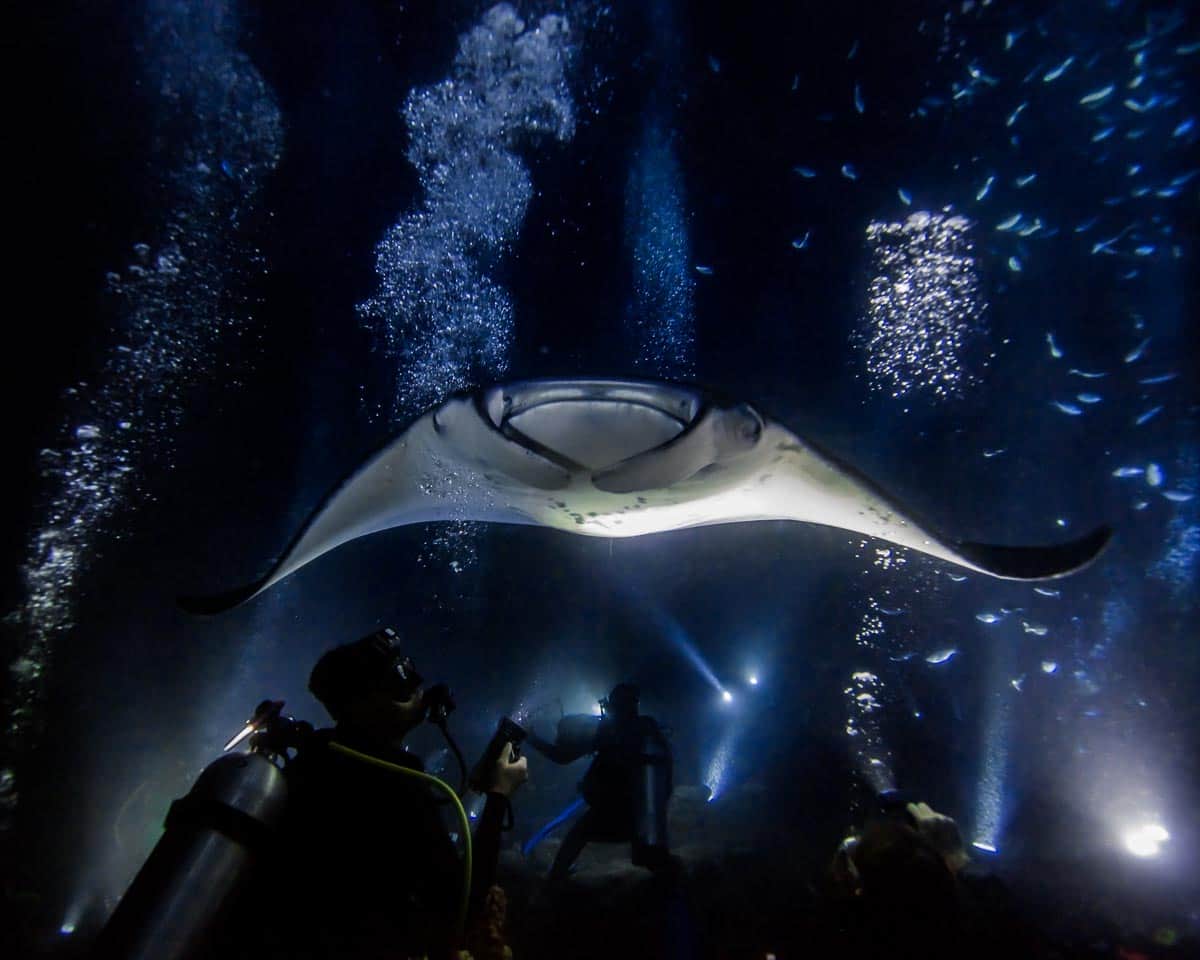
This snorkeling option is for the true snorkeling adventurists. If you’re an avid night diver, night snorkeler or love manta rays, then this is going to be the best snorkeling on the Big Island possible. During a manta ray night snorkel, you ride out in a boat to a location known for manta ray sightings, such as Manta Village (96% success rate) or Manta Heaven (90% success rate). At these locations, giant lights are submerged in the water, attracting and illuminating plankton, which attracts manta rays. When snorkelers get into the water, they hold onto floating boards which have lights on the bottoms, to attract more plankton. Snorkelers “hang” from these boards instead of free snorkeling because snorkeling fins can hurt the manta rays. Instead, snorkelers stay at the surface, watching manta rays swirl and glide as they feed on the tiny plankton all around them. This is not to be missed if you love night snorkeling or manta rays. It’s also something to consider if comparing Oahu or Big Island, Big Island or Kauai, as manta ray night snorkels are most popular on the Big Island.
BEST SNORKELING IN HAWAII
Snorkeling Guide
BEST SNORKELING MONTHS
The absolute best snorkeling conditions occur in summer, between May, June, and July. During these summer months, there is warm water and warm air meaning you can snorkel for longer, smaller swells compared to winter, less rain to muddy water visibility and less severe currents. In August or September, tropical hurricanes may randomly cause heavy rains, flash floods, and unsafe swimming conditions.
RAINFALL
The three months with the most rainfall (averaged between the four major islands) include December (3.56 inches), January (2.84 inches) and March (2.82 inches). On the other hand, the average driest months are June (0.68 inches) and July (0.97 inches).
BEST SNORKELING IN HAWAII
Traveler's Guide
TIME ZONE: Hawaii-Aleutian Standard Time (GMT-10)
CURRENCY: US Dollar (USD)
CALLING CODE: +1
ELECTRIC VOLT: 120V
PLUG TYPE: A and B
MAIN AIRPORT: Hilo International Airport ITO
NOTABLE DIVING LANDMARKS: Arizona Memorial
BEST SNORKELING IN HAWAII
FAQs
1. Oahu vs. Maui
Both Oahu and Maui have stunning snorkeling locations. Oahu is more often visited, which can lead to crowds, but also easily-navigated public transportation and amenities for tourists. Meanwhile, Maui offers the less-beaten path but may have less help in getting you to those locations. Also, consider plans out of the water. Maui is known for its relaxing atmosphere and slow pace of daily life while Oahu is known for its nightlife and attractions.
2. Kauai vs. Big Island
The Big Island has better snorkeling compared to Kauai, which is known for its rainfall, which can damage visibility. However, Kauai is a lusher island, with the emerald beauty of plant life unmatched by the Big Island. Kauai is a small island, so can be explored within a few days. Meanwhile, the Big Island may take longer to properly explore, with volcanoes for the adventurous.
3. Big Island vs. Oahu
As of 2018, roughly 50% of all Hawaiian tourists go to Oahu, with around 15% going to the Big Island. Oahu is the visitor capital of Hawaii, with hotels, restaurants, shows, and nightlife to make sure people have a great time. However, this doesn’t always translate during snorkeling, where being with many others may be annoying. Those looking for a quieter Hawaiian experience would probably fare better on the Big Island, compared to Oahu.
4. What are the best places to snorkel on Kauai?
For the best taste of the “true Hawaii,” this recommendation needs to go to Nualolo Kai on the Na Pali Coast. It’s the best place to snorkel in Kauai because it is super remote, with crystal-clear visibility, near pristine sea life and towering mountains overhead. What’s not to love?
5. What are the best places to snorkel on Oahu?
Hanauma Bay, Oahu, is often listed as one of the best places to snorkel in the US. However, the reason Hanauma Bay didn’t make this top 10 list is that due to its popularity, it is often overcrowded with an average of 2,600 daily visitors. All of these visitors have led not only to reef damage by careless snorkelers but also from discarded trash and sunscreen runoff into the water (Hawaii banned certain sunscreens as a result).
6. Is Hawaii worth it?
Yes, Hawaii is worth it. Each island has its own unique characteristics, with something for everyone. Those looking for a more secluded and quieter time surrounded by lush nature may opt for Maui or Kauai, while the Big Island offers more space to explore and locations for adventure and Oahu has the biggest amount of nightlife and tourist attractions. All islands are beautiful in their own right, with gorgeous snorkeling and scuba diving locations of their own.
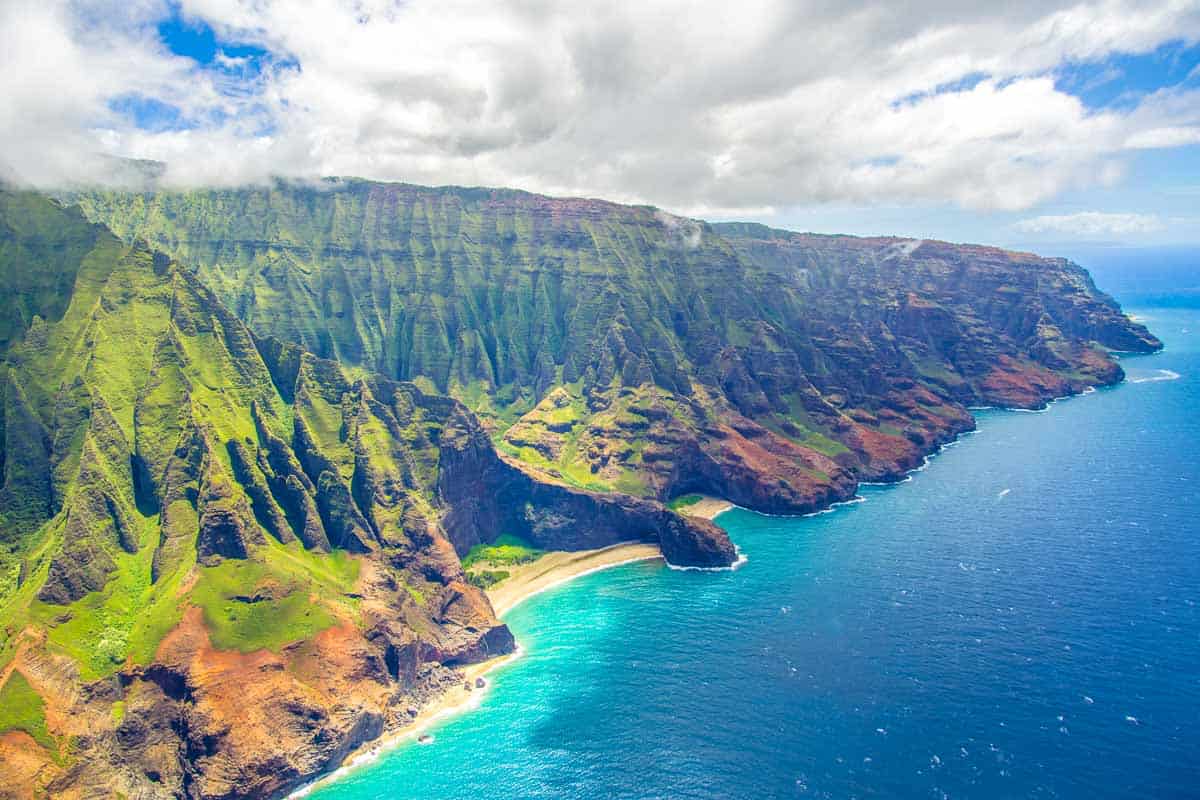
REACH OUT
If you enjoyed our article but would prefer snorkeling on the east coast instead, fret not, we have put together some great content on the best snorkeling spots in Florida as well. We also have a review that only covers Florida Keys snorkeling locations.
As always, we create our content with you – our fellow divers – in mind. So, how’d we do? Was this informative? Do you think our rankings are out of whack? Or perhaps you just have a few golden nugget tips you’d like to share with our happy ocean-loving community? We’d love to hear from you below.
Thanks for reading and we hope your next adventure is a great one – Keep Diving Blue!


